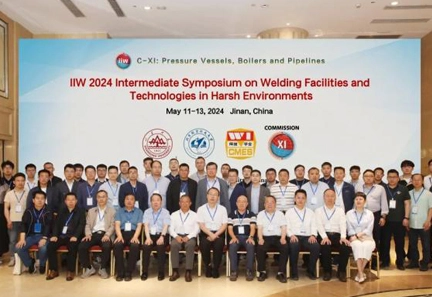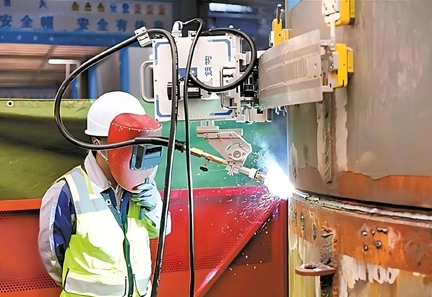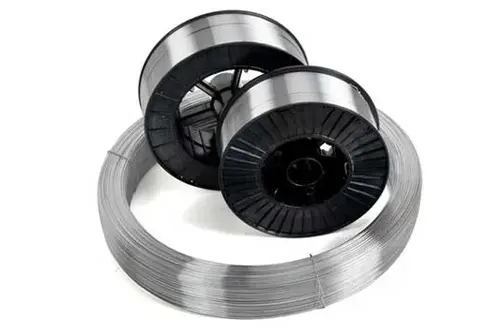Strong Welding Capacity: The MMA 250 welder offers welding currents up to 250 amps, capable of handling various metal thicknesses, suitable for a wide range of industrial applications.
Stable Arc: Utilizes advanced arc control technology to ensure a stable arc, smooth welding process, reduced spatter, and improved welding quality.
High Efficiency and Energy Saving: Adopts efficient inverter technology, significantly reducing energy consumption, providing higher work efficiency, and lowering electricity costs.
Wide Applicability: Supports various electrodes, suitable for welding different materials including carbon steel, stainless steel, etc., meeting different user requirements.
User-Friendly Interface: Simple design, easy to operate, equipped with a digital display for real-time monitoring of welding current, ensuring precise control during the welding process.
Lightweight and Durable: Lightweight body design for easy portability, suitable for on-site operations; made with high-quality materials to ensure long-term stable operation of the equipment.
Overload Protection: Equipped with overload protection to prevent damage from overheating or overloading, extending the equipment's lifespan and enhancing safety.
Metal Welding: The MMA 250 welder is widely used for metal welding, particularly suitable for materials like carbon steel, stainless steel, low alloy steel, etc. It is widely used in construction, machinery manufacturing, and maintenance.
Construction and Steel Structure Installation: During construction projects and steel structure installations, the MMA 250 can be used for various welding tasks, ensuring joint strength and welding quality.
Equipment Maintenance and Repair: For metal parts requiring repair, the MMA 250 provides a quick and efficient solution, widely used in the maintenance of industrial equipment and vehicles.
Outdoor Operations: Due to its portability, the MMA 250 is suitable for outdoor welding tasks, such as construction sites, ship repairs, agricultural machinery repairs, etc.
Regular Cleaning: Clean the welder's casing and internal cooling fan regularly to prevent dust and debris accumulation that could affect heat dissipation performance. Use a clean soft cloth or an air compressor for cleaning.
Check Cables and Connectors: Regularly inspect the welder's cables, welding electrode holder, and ground wires to ensure they are not worn, broken, or loose, preventing electrical faults.
Keep the Cooling System Unobstructed: Ensure the cooling vents are not blocked or covered to prevent overheating and damage to the equipment. After long periods of use, shut down the machine to cool it down and avoid continuous high-load operation.
Storage Environment: Store the welder in a dry, well-ventilated place to prevent electrical faults caused by moisture. Avoid exposing the welder to extreme temperatures or intense sunlight.
Check Fuses and Overload Protection Devices: Regularly check if the welder's fuses are intact and ensure the overload protection function is working properly. After prolonged use, if there are situations of excessive current or other anomalies, replace the fuses promptly.
Storage of Electrodes and Welding Rods: Electrodes and welding rods should be stored in a dry environment to prevent moisture. Damp welding rods can affect welding quality, causing cracks or weak welds during the welding process.
Routine Maintenance Checks: After a certain period of use, professional maintenance personnel can be invited to conduct a comprehensive inspection and maintenance of the welder to ensure the equipment is always in optimal working condition.


